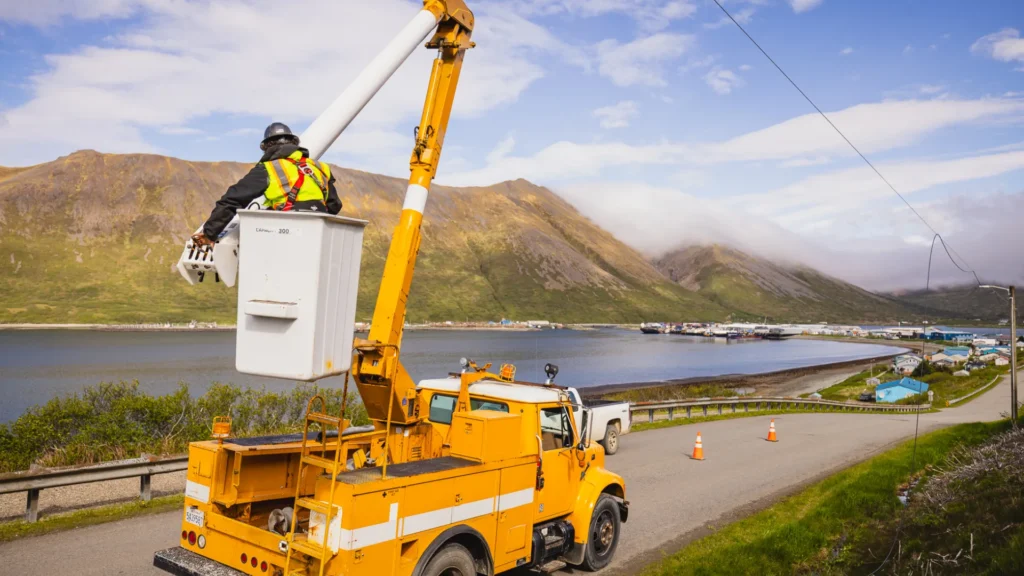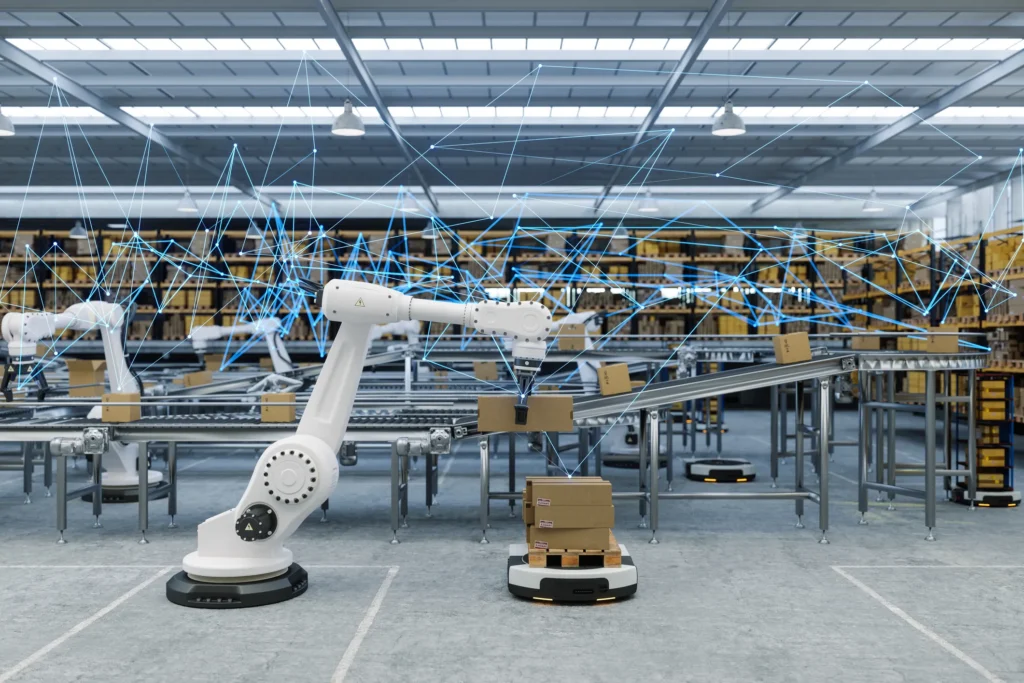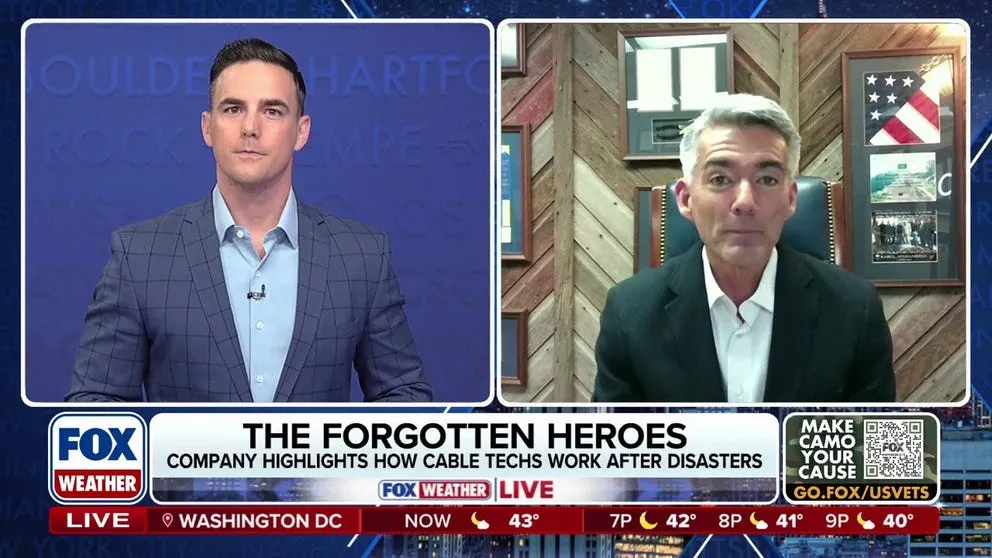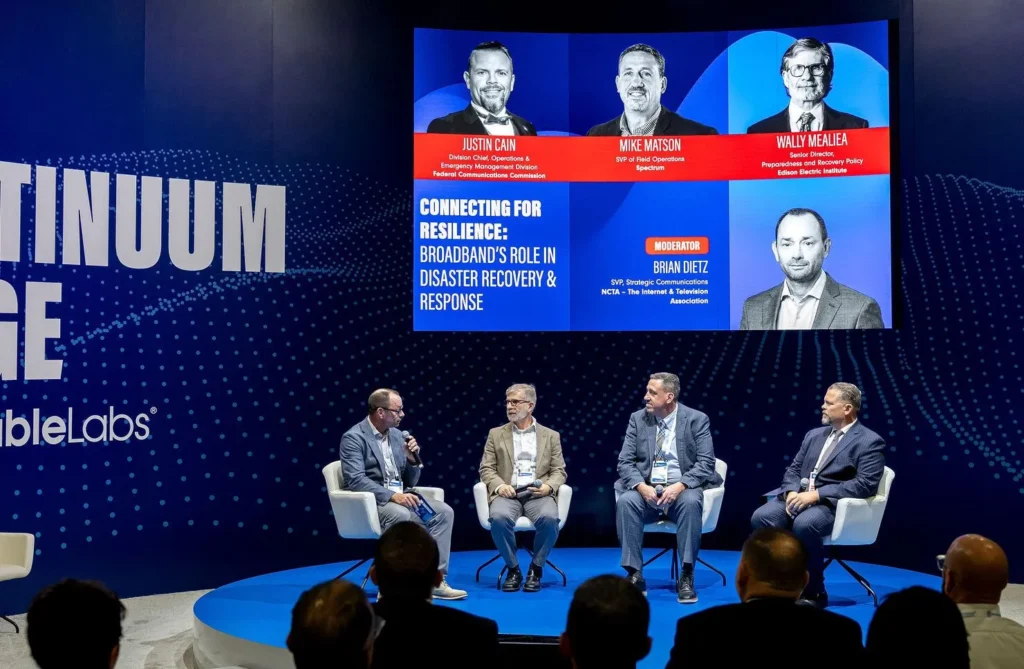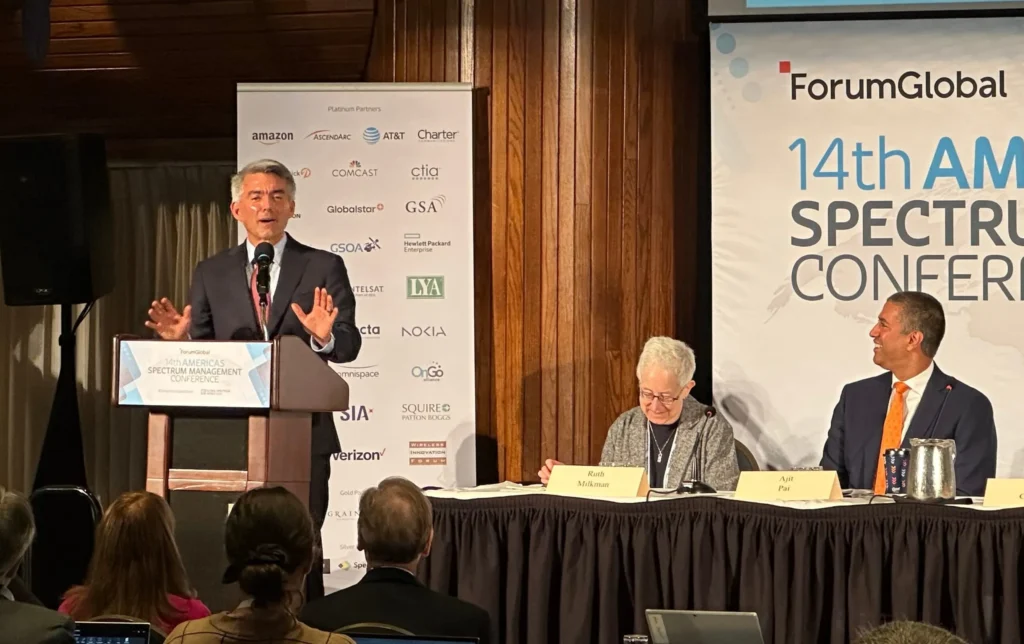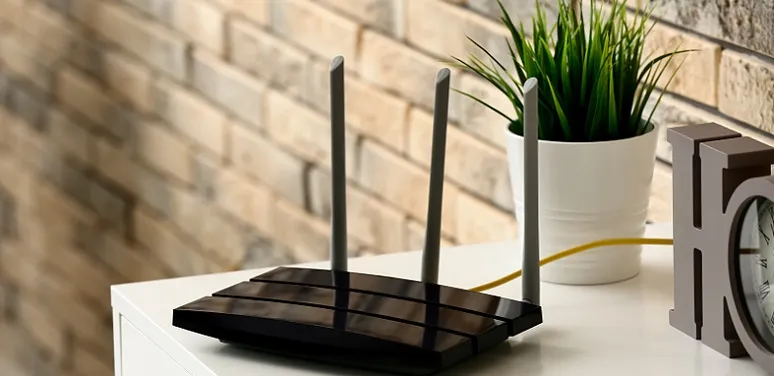Expert: Neal Goldberg, NCTA General Counsel
NCTA General Counsel Neal Goldberg discusses the Voluntary Agreement for Ongoing Improvement to the Energy Efficiency of Set-Top Boxes, which has saved consumers more than $3 billion and avoided millions of metric tons of CO2 emissions. The Agreement was just extended for four more years. Goldberg explains why Voluntary Agreements are necessary, how they differ from traditional energy regulation, and why they are effective.
Why has the cable industry entered into two “Voluntary Agreements” to improve the energy efficiency of the equipment that it provides to customers?
The first voluntary agreement for set-top boxes was initially established in 2012 as an alternative to the adoption of energy efficiency regulations that was then being considered by the U.S. Department of Energy (DOE). NCTA, the Consumer Technology Association (CTA), and the leading cable, satellite and telco TV providers (representing 90 percent of the U.S. market) and manufacturers were behind the new approach. Subsequently, energy efficiency advocates such as the National Resources Defense Council (NRDC) and the American Council for an Energy-Efficient Economy (ACEEE) joined the VA.
In 2013, DOE terminated its proceeding, with then-Secretary Ernest Moniz hailing the VA as “a collaborative approach … that will save families money by saving energy, while delivering high quality [equipment] for consumers that keep pace with technological innovation.” The VA approach has bipartisan support, with current DOE Secretary Perry praising the VA as “an effective alternative to government regulation.”
The success of the set-top box VA inspired the industry in 2015 to adopt a second VA for “small network equipment” (SNE) such as modems and routers used by consumers to access broadband Internet services.
How do the Voluntary Agreements compare in effectiveness to traditional energy regulation?
The Voluntary Agreements are structurally and substantively superior to regulation in achieving savings while preserving the flexibility needed for innovation in technology and services. Here’s why:
- The set-top box VA included immediate and nearer-term commitments that saved consumers more than $3 billion before federal rules could have even taken effect. (By law, federal energy standards cannot become effective until five years after adoption.)
- The VA’s more flexible structure enabled the roll-out of a more rigorous set of standards in 2017 on three years’ notice and a third set of standards that will take effect in 2020 on only two years’ notice.
- These voluntary agreements permit parties to deploy new features and types of equipment without advance permission. This flexibility has given set-top box and SNE manufacturers more room to innovate, allowing them to add new features while reducing the overall energy usage of equipment. Case in point, compared to 2012, new DVRs use 40 percent less energy. Additionally, national set-top box annual energy consumption overall has fallen from 32 TWh [a terawatt is a power measurement unit] in 2012 to 24.5 TWh in 2016.
How have consumers benefitted from the VAs?
Consumers are now saving more than $1 billion annually on their electricity bills as a result of the steep reductions in the energy consumption of service provider supplied devices. In addition, energy efficient devices tend to suffer fewer service problems, and thus enhance the quality of the customer experience.
These Agreements also include accountability and transparency standards that include detailed monitoring and verification processes, and disclosure of reports and energy information of all new models at www.energy-efficiency.us, giving consumers confidence that the companies are living up to their commitments.



